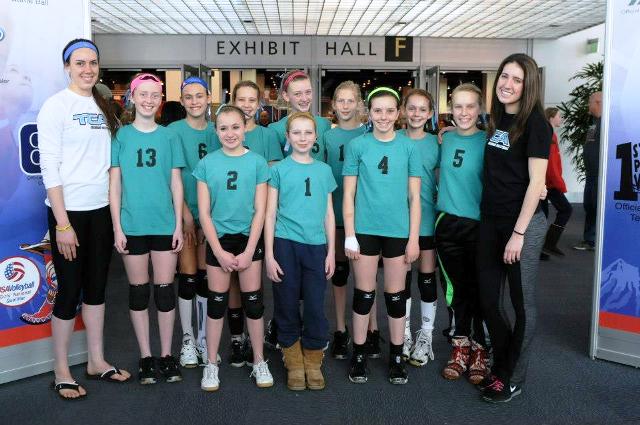Over the past 25 years many secondary school sports programs have become less relevant than non-profit or for-profit club programs. Many years ago, they did not have competition and were supplemented by seasonal activities provided by city recreation departments, country clubs, YMCAs, schools, and other local entities.
As the population increased and participation in sports became more popular, club sports entered the scene. They became a viable competitor because they satisfied unmet demands and they marketed their programs effectively. In addition, school programs changed in ways that made them less appealing. These changes were a result of funding issues, societal demands, and the quality of coaches.
Funding – Many school districts have reduced funding for sports programs or they have not been able to increase funding at levels necessary to maintain quality programs. The impact of insufficient funding has been exacerbated by increased expenses in most categories. Some of the areas where funding issues have become a problem include:
- Increased athletic fees paid by students.
- Decreased program offerings or inability to expand to include popular sports.
- Reduced funding or inadequate increases for facility maintenance.
- Reduced funding or inadequate increases for equipment.
- Reduced budgets or inadequate increases to cover travel expenses.
- Reduced salaries or inadequate increases to cover salaries for coaches.
- Inadequate funding to maintain previous levels of competition, i.e. it may be necessary to have shorter seasons or fewer competitions.
Any of these factors may decrease the appeal, accessibility, safety, or the perceived value of secondary sports programs.
Societal Issues – The appeal of secondary school programs has been impacted by the following:
- Many school programs have developed no-cut policies. In most cases, these policies increase the number of participants, but do not include an increase in facilities or the number of coaches.
- As well, equal playing time has become a standard policy for schools. While there is merit to equal playing time, some parents and athletes prefer club programs where playing time is based on ability not attendance.
- Parents enroll their children in club programs to increase their chances of being successful in school programs. This is important for parents who want their children to succeed or for those who live vicariously through their children. In many sports, it has become necessary to play club sports to be a star on their school teams.
- Other parents view sports as a means for helping fund their children’s college education. In some sports, success on a secondary school team is not as valuable as success in club programs. To that point, the perception has developed that participation in club sports is a requirement if a player wants to play on their high school or college teams.
These factors may increase the appeal of club sports as parents help their children gain a competitive advantage over other athletes.
Coaching – The following factors relate to the quality of coaching in school programs:
- Most school coaches have good intentions, but many are not qualified to coach. Many lack meaningful certification, personal skills, or knowledge of the sport they are coaching. In many cases, they are the only person in the school willing to take on the responsibility of being a coach. In other cases, they choose to coach to ensure their son/daughter gets “adequate” coaching and/or playing time.
- Coaching is a thankless job, particularly given increased expectations of coaches in school programs. A local coach anonymously said, “High school parents are golden if their kids have a coach who knows something about the sport, is organized, and is a teacher in the school who can keep track of the kids during the day.”
- Some school programs are more worried about the paperwork associated with hiring part-time coaches than they are the needs of the athletes. Quality coaches often don’t want to deal with secondary school bureaucracies.
- In some instances, parents don’t feel it is possible to have a say in how their children are coached in school programs. For them it may be important to feel they can influence the children’s coach. They may feel this is easier to accomplish in a club program.
- Unfortunately, many school programs have had the misfortune of having had a coach who has violated the trust of the students. Such situations always draw attention in the media and give all secondary school coaches a bad reputation.
- In some sports, the club season is four to six months long while many school programs last six to 12 weeks. As well school programs may have limitations on the amount of contact time a coach may have with the athletes.
- In many cases, coaches in club programs have a strong network for helping their athletes secure college athletic scholarships.
Unfortunately, in many parts of the county it has become more difficult to find quality coaches for high school programs.
Which is better – school or club ? This discussion is not an indictment of school sports programs, rather it illustrates how school sports have changed over time. Club programs face similar issues regarding program costs, the quality of coaching, and dealing with the needs of the athletes.
Most importantly, both provide different types of opportunities for adolescent athletes. In a perfect world, the focus of both types of programs should be on providing young athletes with a pathway for growth as athletes and individuals.
